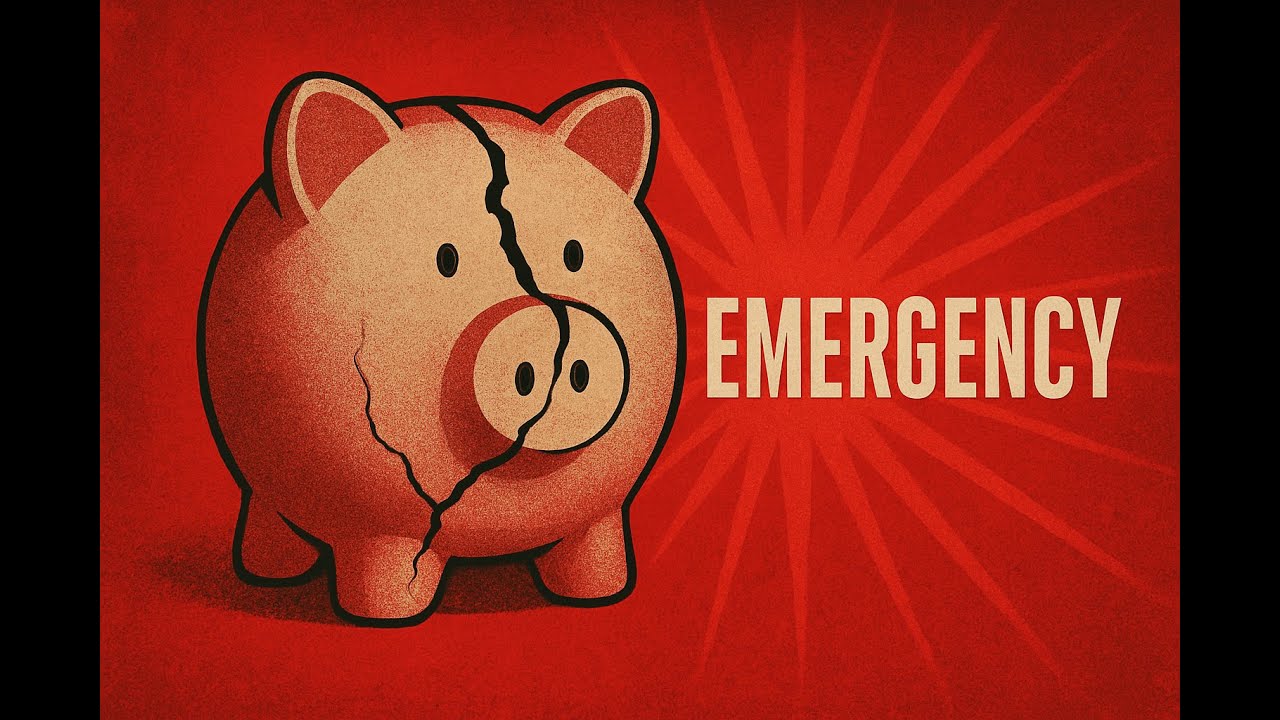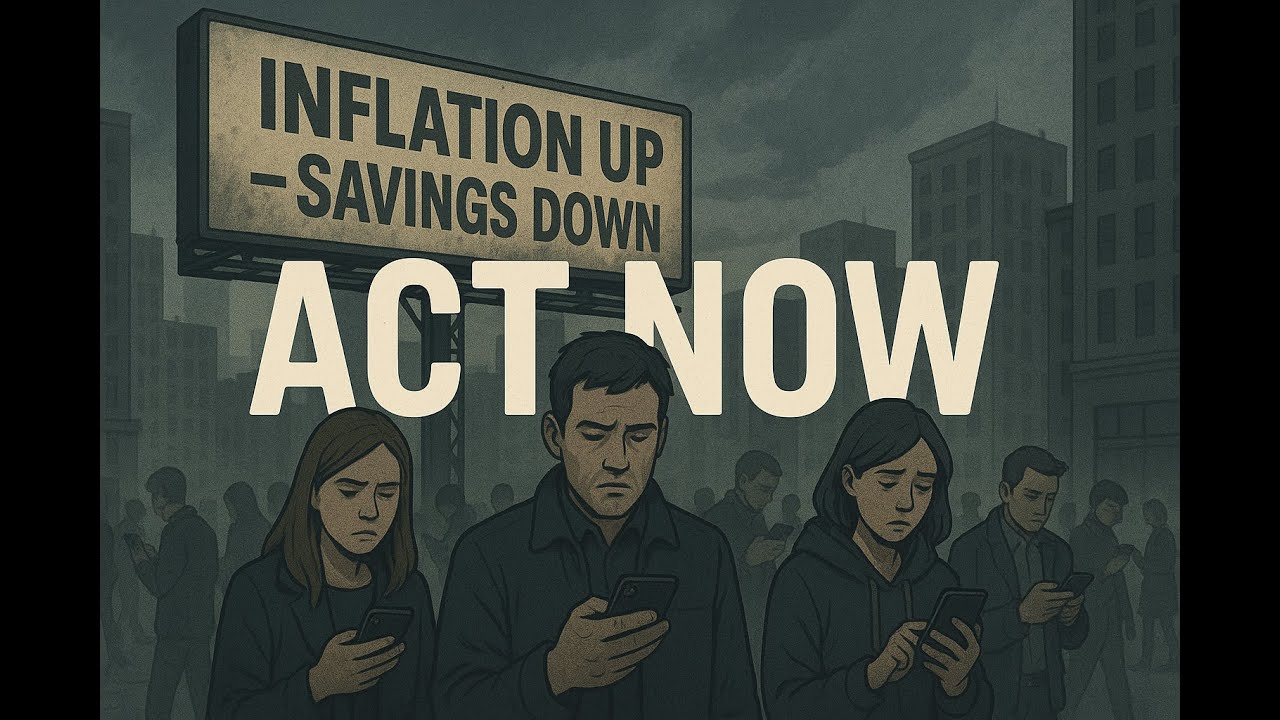Why It Feels Like No One Works Anymore: Understanding the Modern Workday
Explore how remote work, flexible schedules, gig economy, and financial realities are reshaping what a typical workday looks like today—and why it feels like no one works anymore.
💡 Learn more: Check out our guide on Credit Card Hacks That Ruin You for deeper insights.
💡 Learn more: Check out our guide on The Debt Trap Most Beginners Fall Into for deeper insights.
Why It Feels Like No One Works Anymore: Understanding the Modern Workday
Ever found yourself stuck in weekday traffic or wandering through a store at 2 PM on a Tuesday, wondering why so many people seem to be out and about instead of at work? This phenomenon has become increasingly common, especially in recent years, prompting questions about whether traditional work schedules are disappearing or if people are simply avoiding responsibilities. The reality behind this perception is far more nuanced and reveals much about how work has evolved in today’s world.
Table of Contents
💡 Learn more: Check out our guide on The Debt Trap Most Beginners Fall Into for deeper insights.
🚶♂️ The Shift from Traditional 9-to-5 Jobs
The classic nine-to-five workday is no longer the dominant norm. Remote and flexible work arrangements have become widespread, particularly after the pandemic accelerated the adoption of work-from-home setups. According to the U.S. Bureau of Labor Statistics, roughly one in four employees now works remotely at least part of the time.
This means that someone seen shopping or grabbing coffee in the middle of a weekday might have already completed several hours of work earlier in the day or could be taking a well-timed break before resuming work later. Flexible schedules allow workers to handle personal errands during what used to be considered typical office hours, making their days look very different from the traditional workday.
Remote work often involves a less rigid structure. Instead of sitting at a desk for eight straight hours, many employees are “on call,” balancing work tasks with life’s interruptions. The focus has shifted from hours logged to output quality, which can give the impression of a relaxed pace, even when productivity is high.
💼 The Rise of the Gig Economy and Side Hustles
Another major factor is the growth of the gig economy. More people are earning income through freelance work, rideshare driving, online selling, and other flexible ventures that don’t require a fixed office schedule. For example, a freelance designer might complete projects overnight and spend a mid-morning hour at a cafe working remotely or taking a break.
A recent survey by Bankrate found that about 39% of U.S. adults have some form of side hustle. This trend highlights how many individuals juggle multiple income streams, often on their own schedules. This further blurs the lines of what a typical workday looks like, as many are not bound by the traditional clock-in, clock-out routine.
🌙 Nontraditional Work Hours Are More Common Than You Think
It’s also important to consider that not everyone works during daylight hours. Approximately 16% of U.S. wage and salary workers have nonstandard shifts, which may begin in the afternoon, evening, or even at midnight. Workers in healthcare, transportation, hospitality, retail, and public safety often operate on these schedules to keep essential services running around the clock.
So, when people are seen running errands or relaxing during the day, it might simply mean they are working a different shift and resting during traditional office hours. Their workdays don’t align with the nine-to-five schedule many assume is universal.
📊 Early Retirement and Financial Independence: The Exceptions, Not the Rule
Some might speculate that those out during the week are early retirees or financially independent individuals. While the FIRE (Financial Independence, Retire Early) movement has gained popularity online, early retirement remains relatively rare. Data shows only 1-2% of people retire in their 40s and 6-11% in their 50s, with even fewer in their 30s.
Achieving early retirement requires significant income, disciplined saving, and savvy investing—factors not accessible to most. Many who appear to have flexible lifestyles may not be retired but are still working in less visible or traditional ways.
💳 The Hidden Reality: Financial Struggles Behind the Facade
Not everyone seen enjoying a leisurely weekday lifestyle is financially secure. Many individuals live beyond their means, relying heavily on credit cards and loans to maintain appearances. Bankrate reports that about one in three Americans has more credit card debt than emergency savings.
This financial strain often goes unnoticed by outsiders. Behind the scenes, individuals may struggle with mounting bills, minimum payments, and the stress of juggling expenses. Rising costs of living mean that even full-time work doesn’t always cover basic needs, leading to debt accumulation and financial anxiety.
What looks like carefree spending or relaxation could be masking a stressful reality involving financial instability and difficult choices.
🔑 Key Takeaways
-
The traditional 9-to-5 workday is no longer the standard; remote and flexible work schedules have reshaped daily routines.
-
The gig economy and side hustles create diverse work patterns that don’t fit traditional expectations.
-
Many people work nonstandard shifts, meaning daytime leisure doesn’t necessarily equate to unemployment.
-
Early retirement is rare and requires significant financial planning and resources.
-
Financial struggles often hide behind seemingly relaxed lifestyles, with many relying on debt to get by.
❓ Frequently Asked Questions
Why do so many people seem to be out during weekday work hours?
Flexible work schedules, remote work, gig economy jobs, and nontraditional shifts mean many people can run errands or relax during typical work hours without being unemployed.
Is early retirement common among people who appear to have free time during the week?
No, early retirement is quite rare. Most people still work in some capacity, even if their schedules or work types differ from traditional models.
How has remote work changed the way people structure their workdays?
Remote work often allows employees to break up their day, mix personal tasks with work, and focus more on output rather than fixed hours, leading to a more flexible daily routine.
Are people with side hustles working less than traditional employees?
Not necessarily. Side hustles often require significant effort and time, but they offer flexibility and alternative ways to earn income outside of traditional employment.
Could financial struggles be disguised by an appearance of leisure?
Yes, many people manage financial stress privately and may appear carefree while dealing with debt and financial anxiety behind the scenes.
📝 Final Thoughts
The perception that “no one works anymore” is rooted in the dramatic shifts in how and when people work. Flexible schedules, remote jobs, gig economy roles, and nonstandard shifts have transformed the traditional workday into something far less visible and predictable. While some individuals have achieved financial independence or early retirement, most are still working—just in different ways than before. Additionally, beneath the surface of seemingly relaxed lifestyles, many face financial pressures that aren’t immediately obvious. Understanding these realities helps paint a clearer picture of modern work life and challenges the assumptions made when observing weekday activity.
🚀 Ready to Build Real Wealth?
You've learned the strategy – now it's time for action!
🎬 Get Weekly Financial Education
Join thousands learning smart money strategies that actually work.
📺 Subscribe to @StartWithCents
💎 Download Your Free Wealth-Building Tools
Get the exclusive "First Dollar Game Plan" – your step-by-step guide to financial freedom.
📚 Continue Your Financial Journey
Explore more money-smart articles and strategies.
📖 Read More Posts • 🏠 Homepage
💡 Remember: Knowledge without action is just entertainment. Take one step today!

